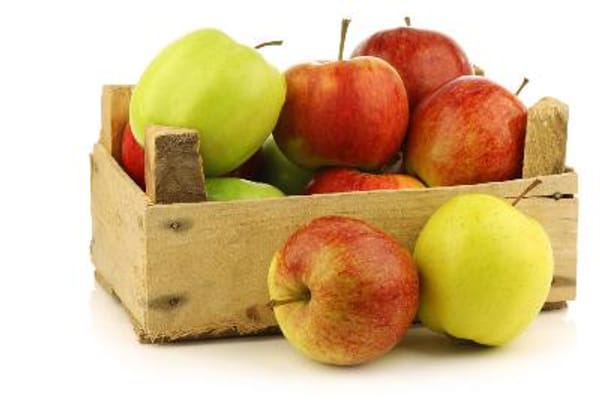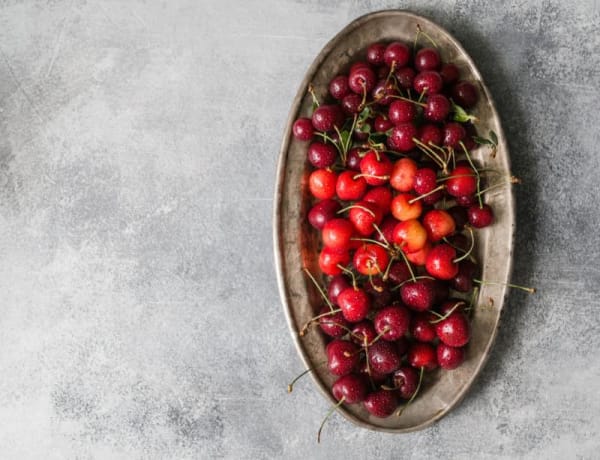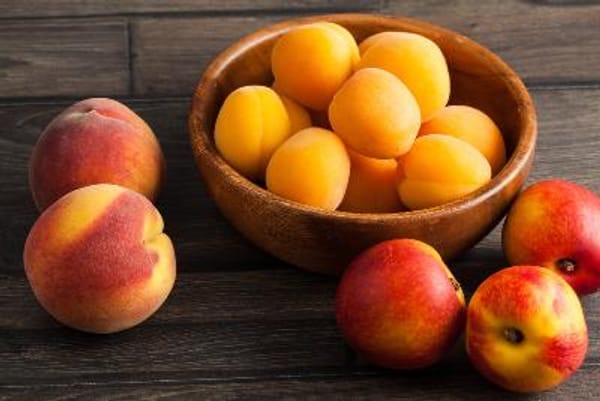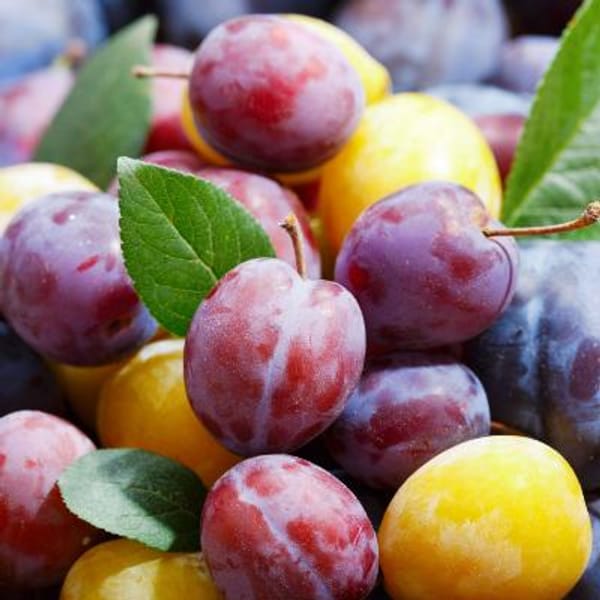- 10% off Pre-ordered Fruit Trees- use code: FALLPREORDER10 (ends 11/30/25)
- Large yellow freestone flesh that remains firm when ripe.
- Earlier harvested fruit has a tangy flavor, later harvested fruit has a sweet, rich flavor.
- Very popular freestone variety.
- Heavy crops of very large fruit.
- Self-fruitful
- Excellent eating fruit.
- Very vigorous.
- Similar to peach in cultural requirements.
- Requires pruning and thinning for consistent, quality crops.
- Dislikes high humidity. Moderate fertility and good drainage a must.
- By pruning, you can keep your tree at any height.
- Harvest 4-5th year.
- USDA Zone 6-9, Requires 600 chill hours to set fruit.
- Protect when temperatures fall below -10°F.
- Approximate harvest period (for Central CA): July / August.
- Grafted onto KRYMSK 1 rootstock
- Click here to view "Fruit Tree Rootstock Information"
- Click here to view our "Fruit Tree Variety Chart"
- This tree is shipped dormant and bare-rooted.
- Please see our "Dormant Tree & Plant Guarantee" below
-
This is a pre-ordered item. It will be ready to ship starting January 2026.
What is a Bare Root Fruit Tree? A Bare root fruit tree is a 2-3 year old fruit tree which has been dormant for the winter. It is delivered to you without soil. The best time to plant bare root fruit trees is the end of the winter season. This gives your tree time to acclimate to it's environment before the warmth of spring comes.
Click here for our Bare Root Fruit Tree Growing Guide (pdf)
Guia de cultivo para un arbol de raiz desnuda
Optimize Shipping: Optimize your shipping by ordering multiple bare-root fruit trees. Shipping is calculated by box size. We can fit up to 8 bare-root fruit trees in a box. Multi-budded fruit trees and Jujube trees will count as 2 due to branching.







